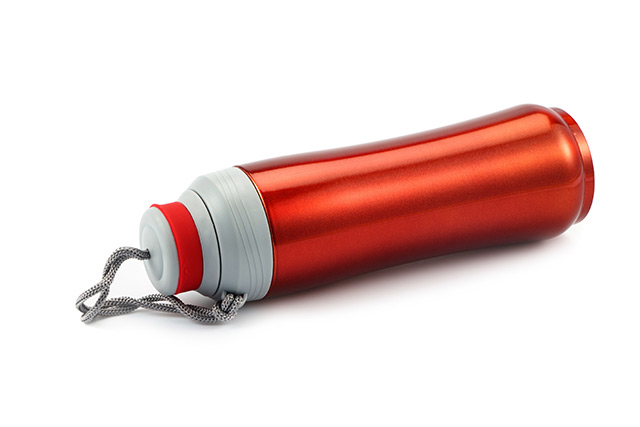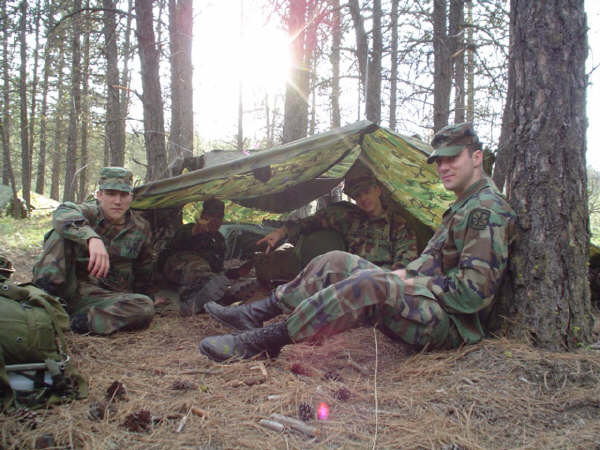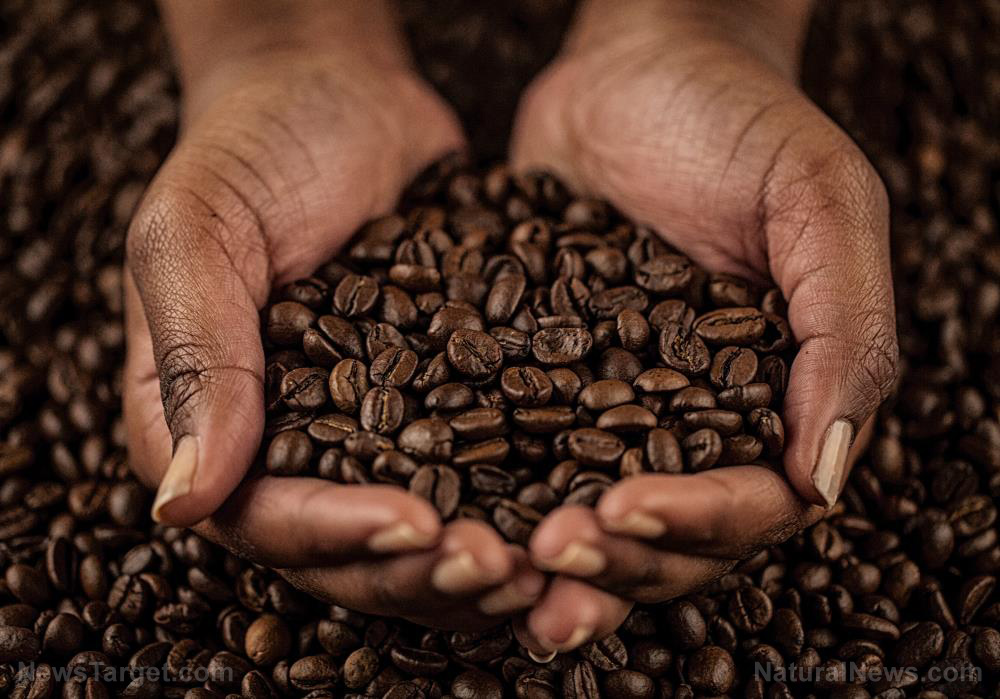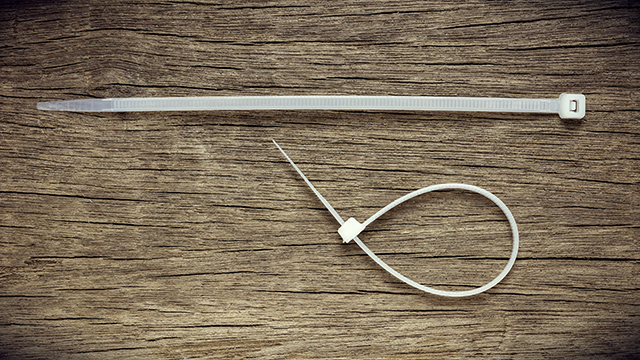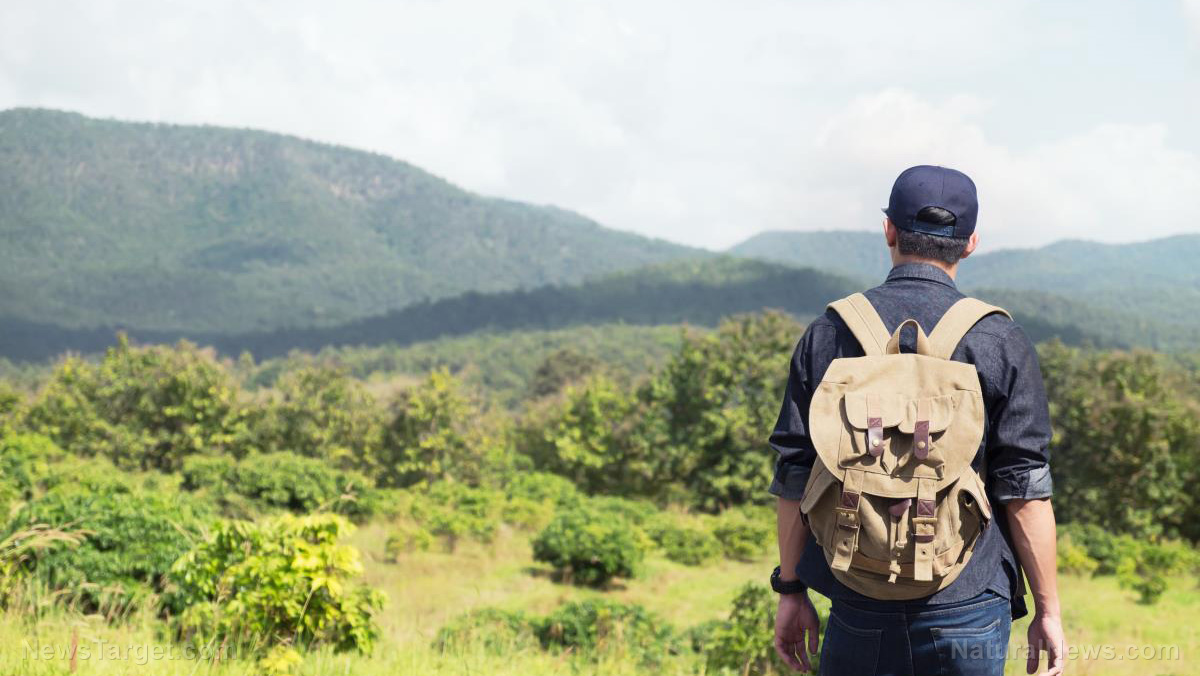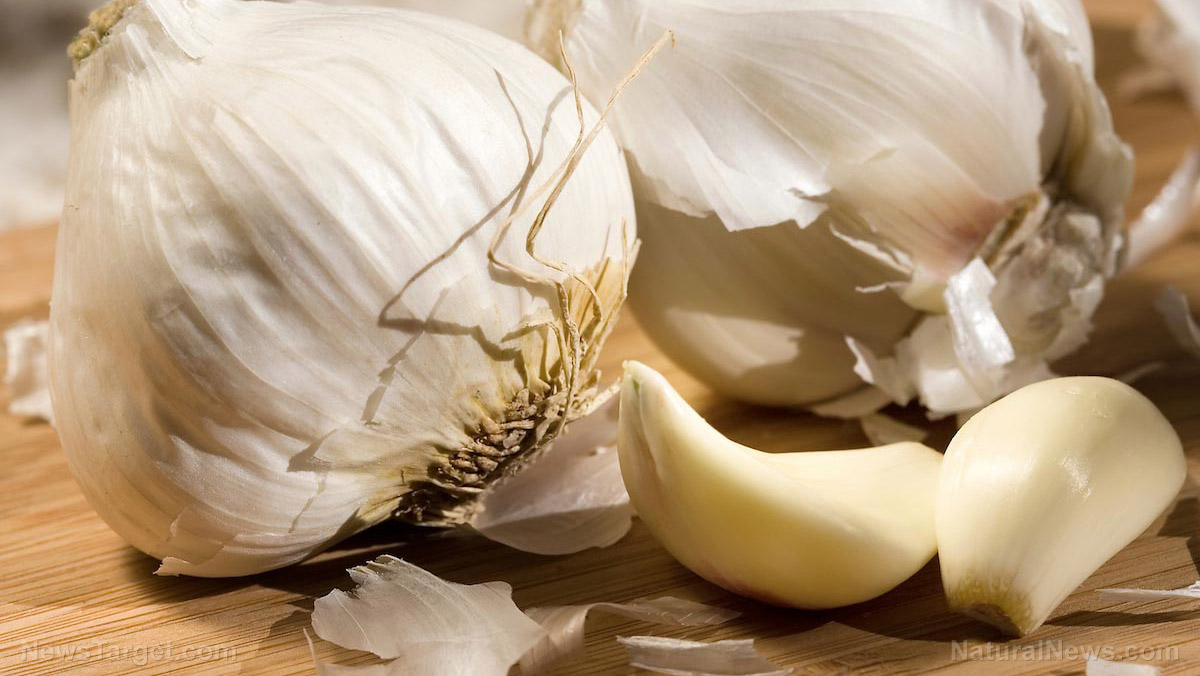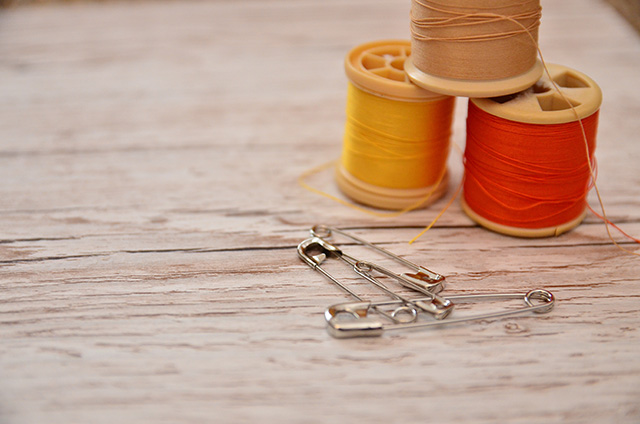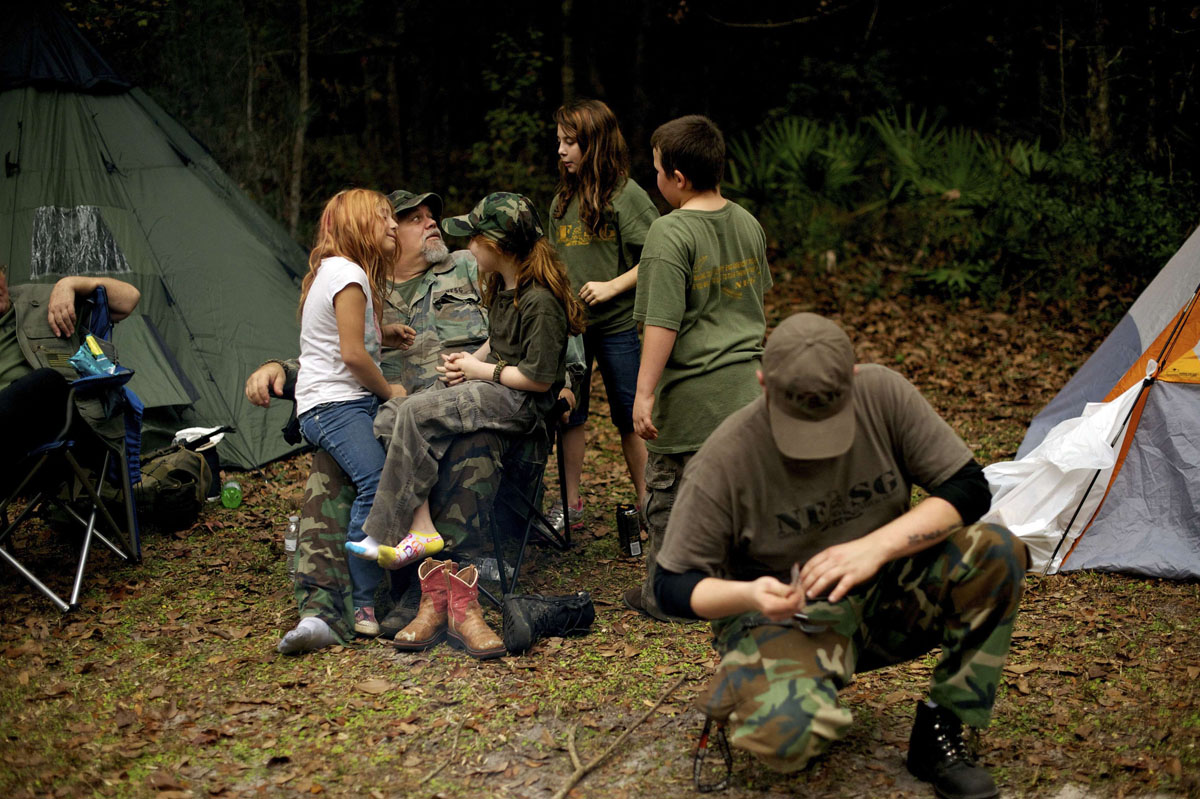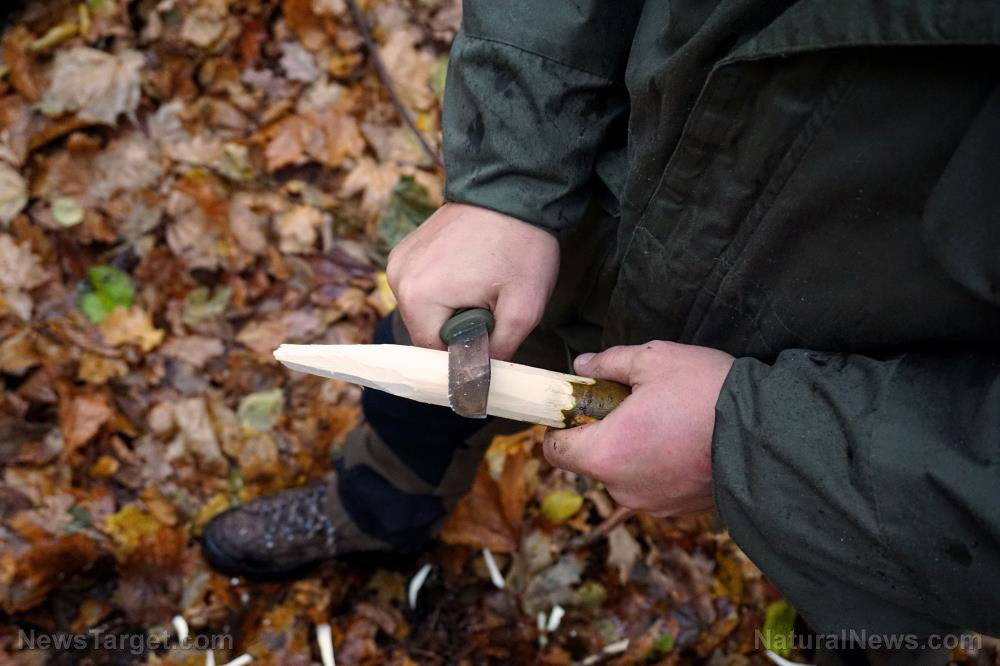Choose the right paracord for survival
10/23/2018 / By Lance D Johnson
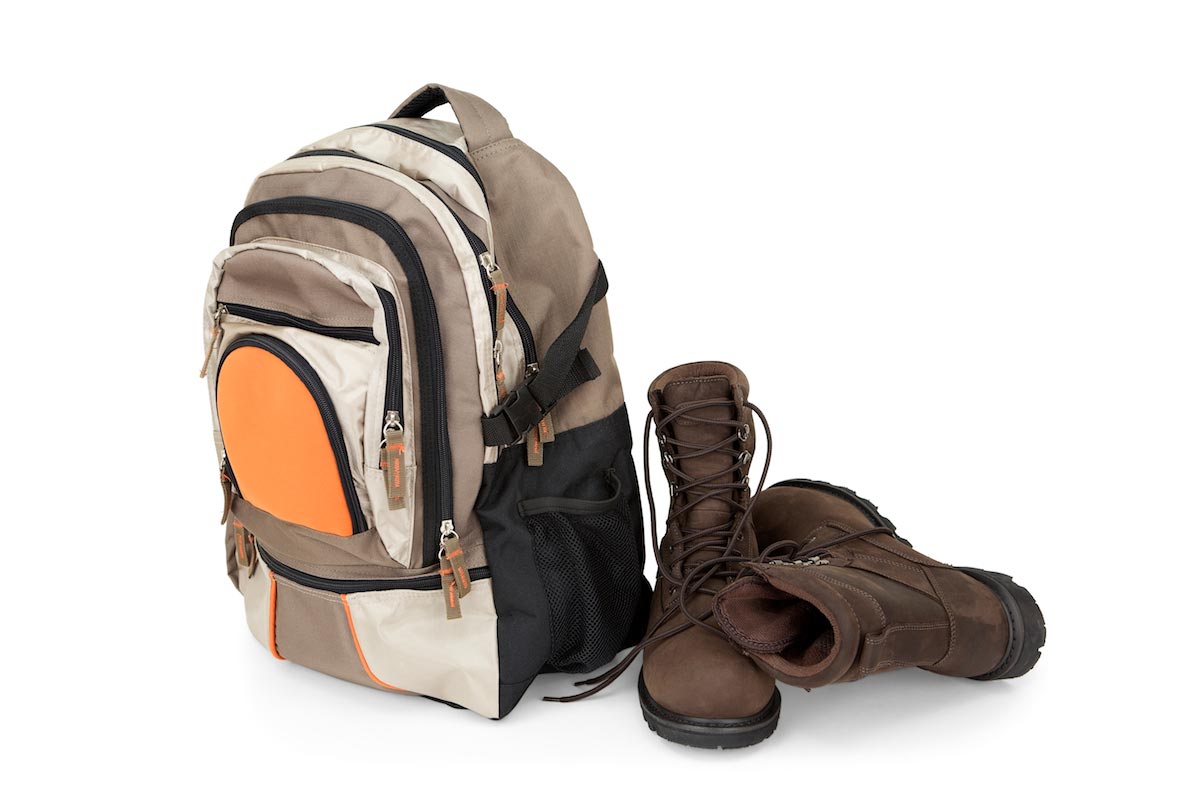
It doesn’t matter if you are fleeing through the woods in a survival situation or if you are just camping over the weekend. Some items are so light, compact, and versatile; they will come in handy no matter what the situation is. Most backpackers and survivalists know how important it is to carry a sturdy pocket knife or Swiss Army tool, but there is another, often overlooked survival item that has unlimited uses. When it comes to problem solving in the bush, quality cordage is a must-have. (h/t to MoreThanJustSurviving.com)
Cordage can be used to carry bunches of firewood, pull logs into position, or build shelters. It can be used to set traps, create nets, or build rafts. It can be used to tie up a threat or rescue someone you love. You can use cordage as a tourniquet, as a clothes line or to mend rips in fabric. You can use it to attach knives to sticks, hoist items down cliffs or up trees, or help anchor a boat. It can also be used to replace belts, shoelaces, hair ties, bra straps, suspenders, fishing lines and pet leashes.
It’s wise to keep a fair amount of cordage in a bug out bag. It’s good to have on-hand if you are camping or backpacking. It’s also great to have in a vehicle when traveling long distances.
Selecting the right cordage
The right cordage will either make or break you in a critical survival situation. That’s why it’s important to know exactly what you’re buying, for maximum strength, length, flexibility, ease of use, and versatility.
Paracord 550 is the go-to cordage for smart survivalists, backpackers, and military personnel. Paracord was originally designed to suspend parachute lines. It’s made out of nylon and possesses superior strength-to-weight ratio. However, not all paracord is made the same. Some products are marketed as “mil-spec” but they may actually be cheap rip-offs of the real thing. Plain nylon cord or polyester rope is not the same as paracord either.
True paracord contains a braided sheath that encases multiple cords (7-9). Each of these contains 2 to 3 strands each. This dense, multi-layered cordage ensures strength and durability of the entire cord. The paracord will stay intact even if a few strands break apart due to friction or snags. This design gives paracord its unique flexibility.
Paracord Type 3 is rated to hold 550 pounds. Even though it can hold this amount of weight, it’s not advisable to use it for propelling down a cliff. When weight is applied suddenly, the tension and sudden movement puts greater pressure on the strands. It’s simply not worth the risk.
Nevertheless, paracord 550 is a versatile, compact tool. In a survival situation that calls for extra cord length, the outer sheath can be peeled back and broken down into individual strands. A true military spec paracord will have an outer shell and between 21 to 27 individual yarns inside. Even after being cut, the outer sheath can still be used.
There are a couple other paracord types on the market. A cheap, Type 1 paracord only contains one strand that handles just 95 pounds. There’s also a significantly more expensive paracord. Type 4 paracord contains eleven strands and holds up to 750 pounds. For most applications, type 3 paracord 550 is sufficient enough.
Paracord that is marketed as commercial grade should be field tested before it’s put to use in a survival situation. Paracord is resistant to humidity and mildew but should still be preserved in a cool, dry location. Check the product for wear before relying on it. Some Chinese brands are loose, unreliable, and only suitable for backyard play. A reliable, field-tested 550 paracord is definitely a piece of survival gear to have. American manufacturers, such as Ranger Gear, ensure that 100% nylon material is used throughout, which includes a tight weave. Paracord with a minimum of 7 strands and two inner yarns is perfect for most survival applications.
Sources include:
Tagged Under: cordage, paracord, prepper, prepping, Ranger Gear, survival, survival gear, survival tools, survivalist

